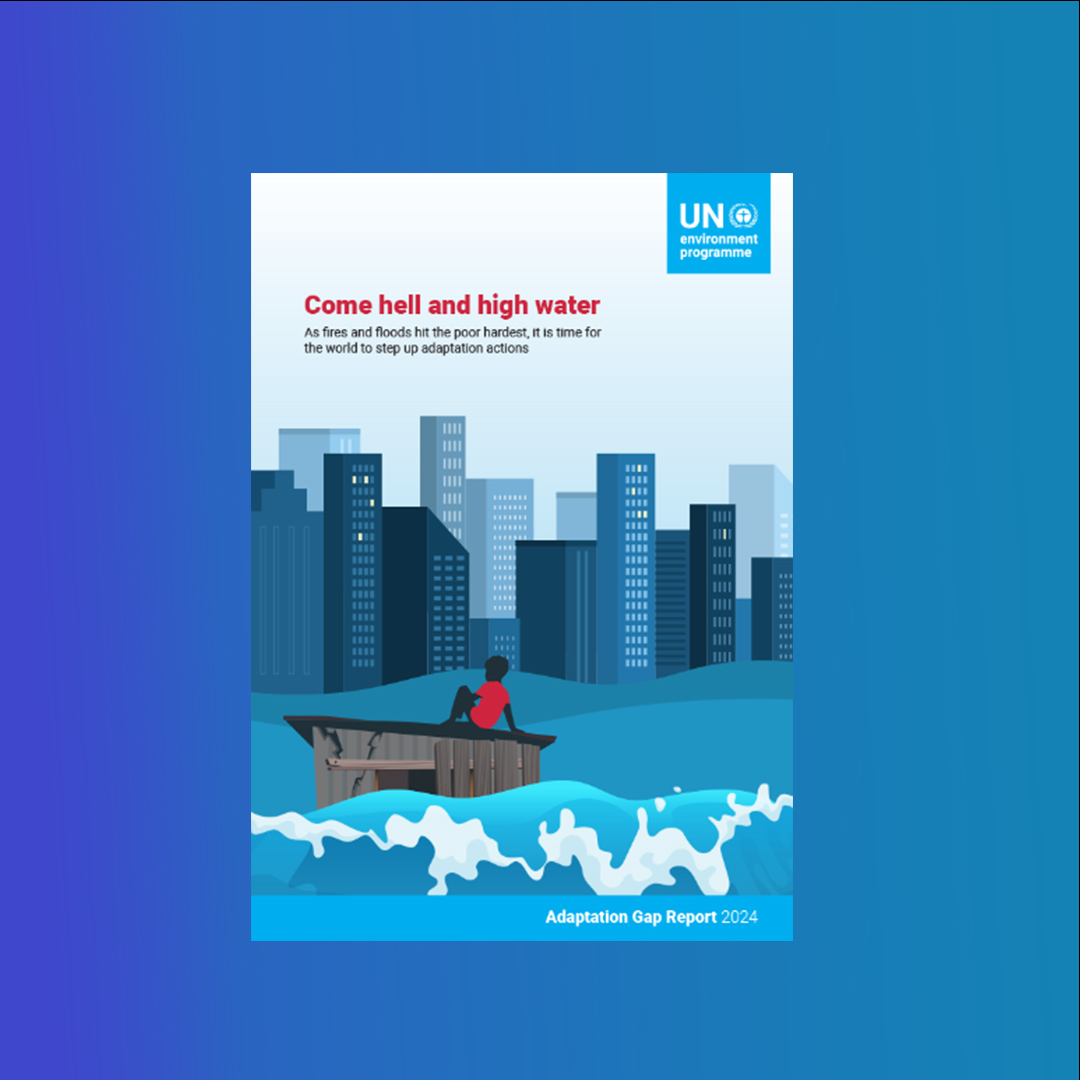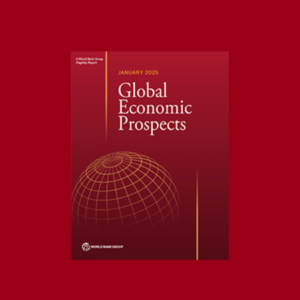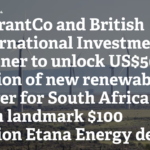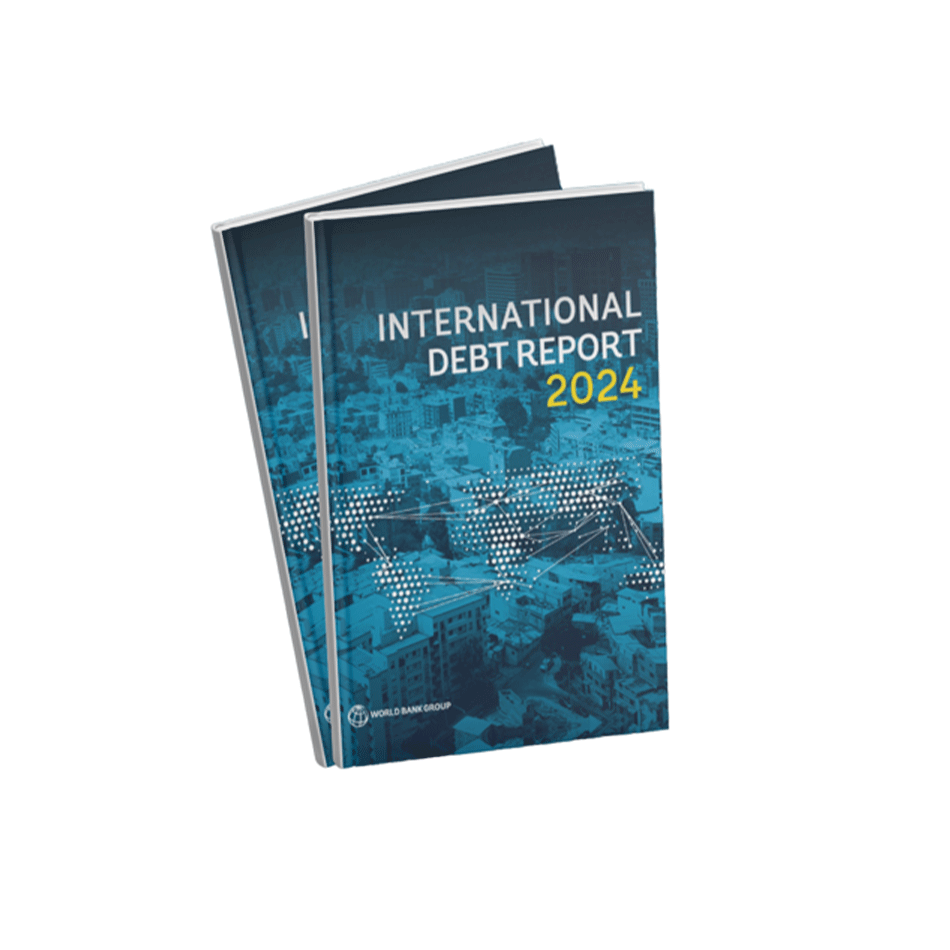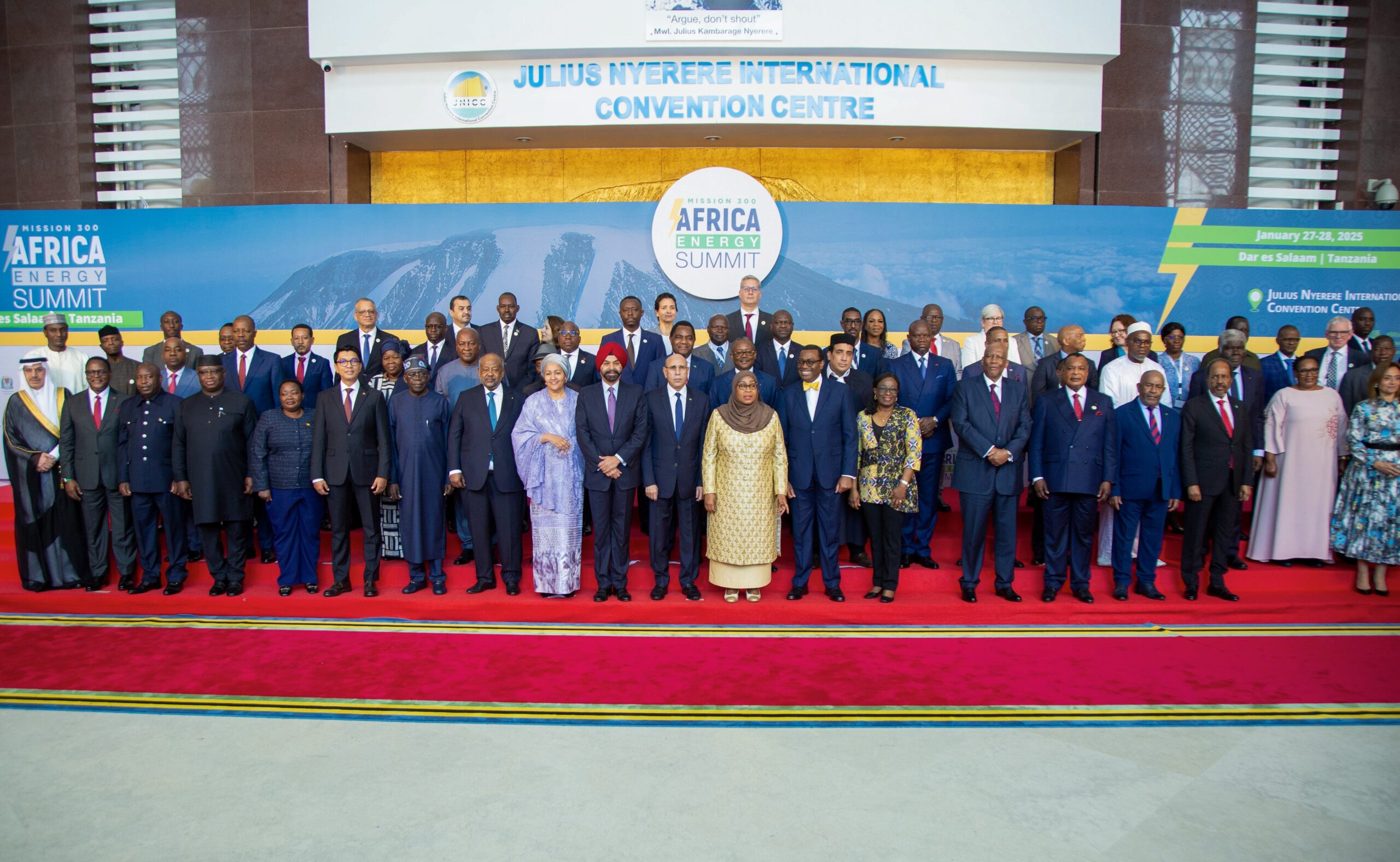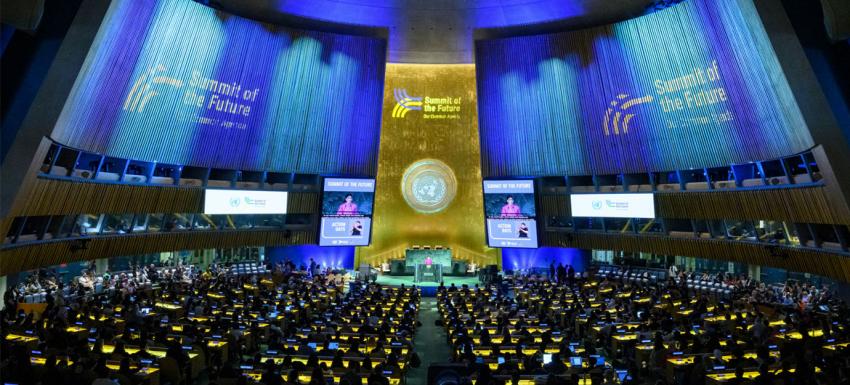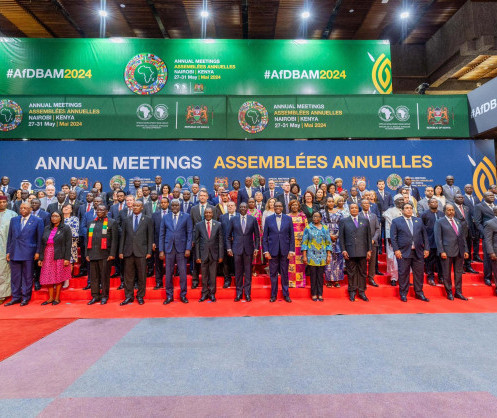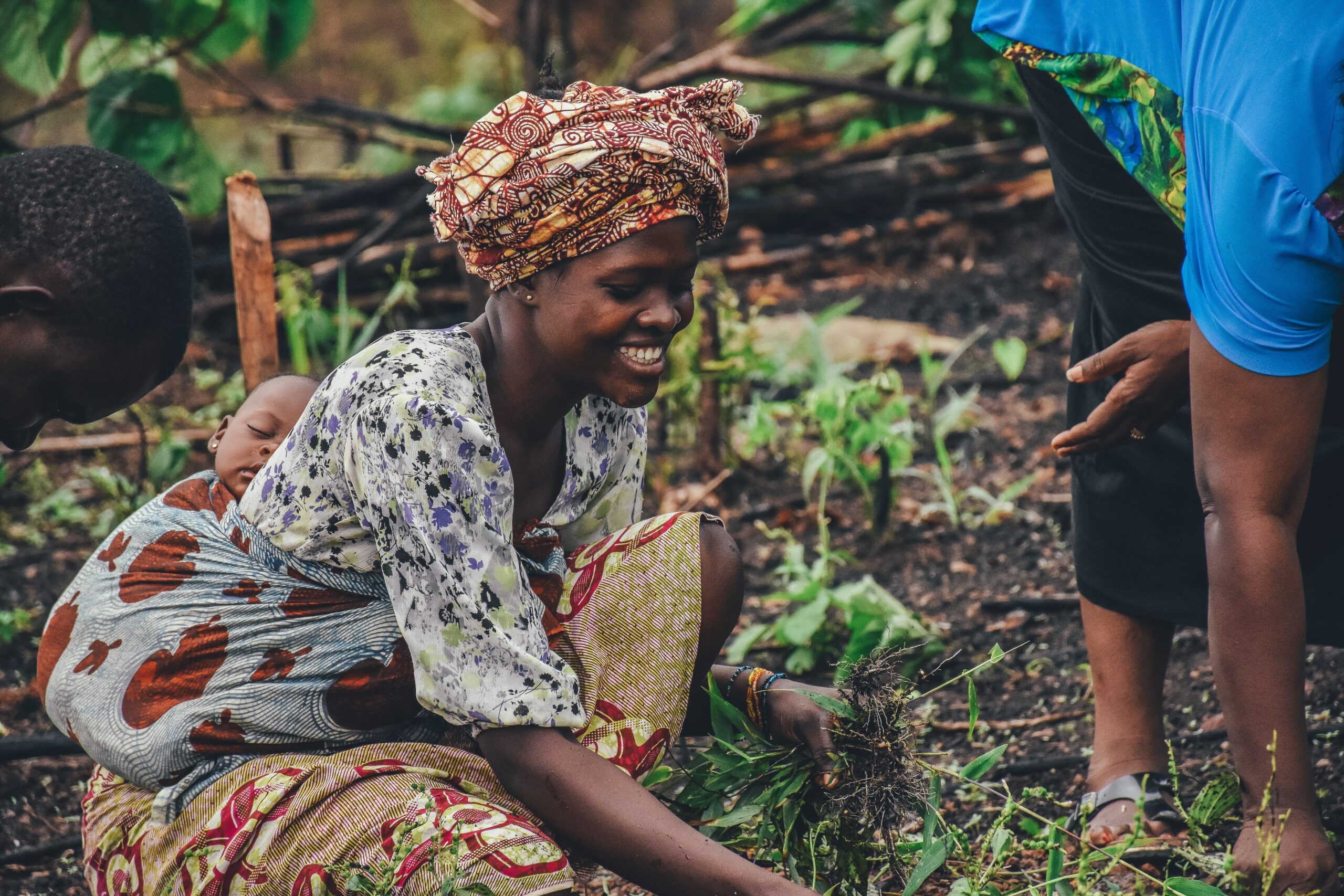
As climate impacts intensify and hit the world’s poorest, The Adaptation Gap Report 2024: Come hell and high water finds that nations must dramatically increase climate adaptation efforts, starting with a commitment to act on finance.
What’s new in this year’s report?
The report finds that progress in adaptation financing is not fast enough to close the enormous gap between needs and flows, which contributes to a continued lag in adaptation planning and implementation efforts.
International public adaptation finance flows to developing countries increased from US$22 billion in 2021 to US$28 billion in 2022: the largest absolute and relative year-on-year increase since the Paris Agreement. This reflects progress towards the Glasgow Climate Pact, which urged developed nations to at least double adaptation finance to developing countries from US$19 billion (2019 levels) by 2025. However, even achieving the Glasgow Climate Pact goal would only reduce the adaptation finance gap, which is estimated at US$187-359 billion per year, by about 5 per cent.
The report calls for nations to step up by adopting a strong new collective quantified goal for climate finance and including stronger adaptation components in their next round of climate pledges, or nationally determined contributions, due in early 2025.
Given the scale of the challenge, bridging the adaptation finance gap will also require innovative approaches to mobilize additional financial resources. Strengthening enabling factors is crucial to unlock innovative adaptation finance. An investment in strategic and transformational adaptation that is harder to finance will also be needed. Adaptation financing needs to shift from reactive, incremental, project-based financing to more anticipatory, strategic and transformational adaptation.
In addition to finance, there is a need to strengthen capacity building and technology transfer to improve the effectiveness of adaptation actions. The report provides recommendations to improve efforts, which are often uncoordinated, expensive and short term.
Overall, increased efforts will be needed to meet the global goal on adaptation through the eleven targets of the UAE Framework for Global Climate Resilience.


